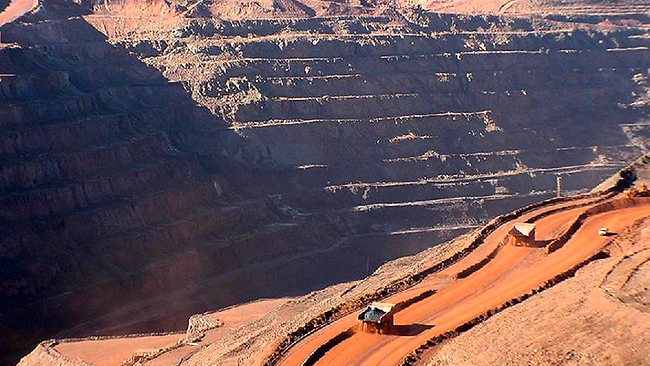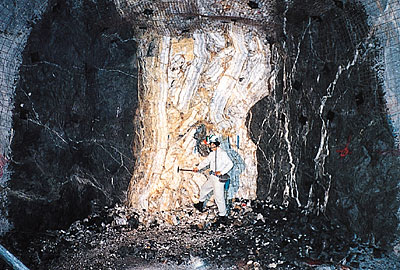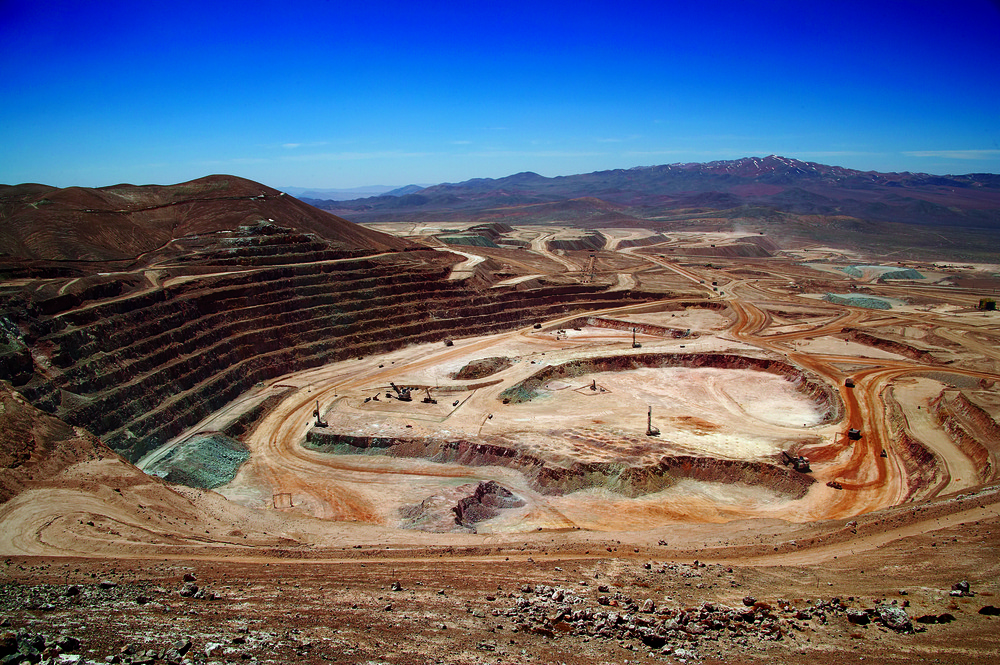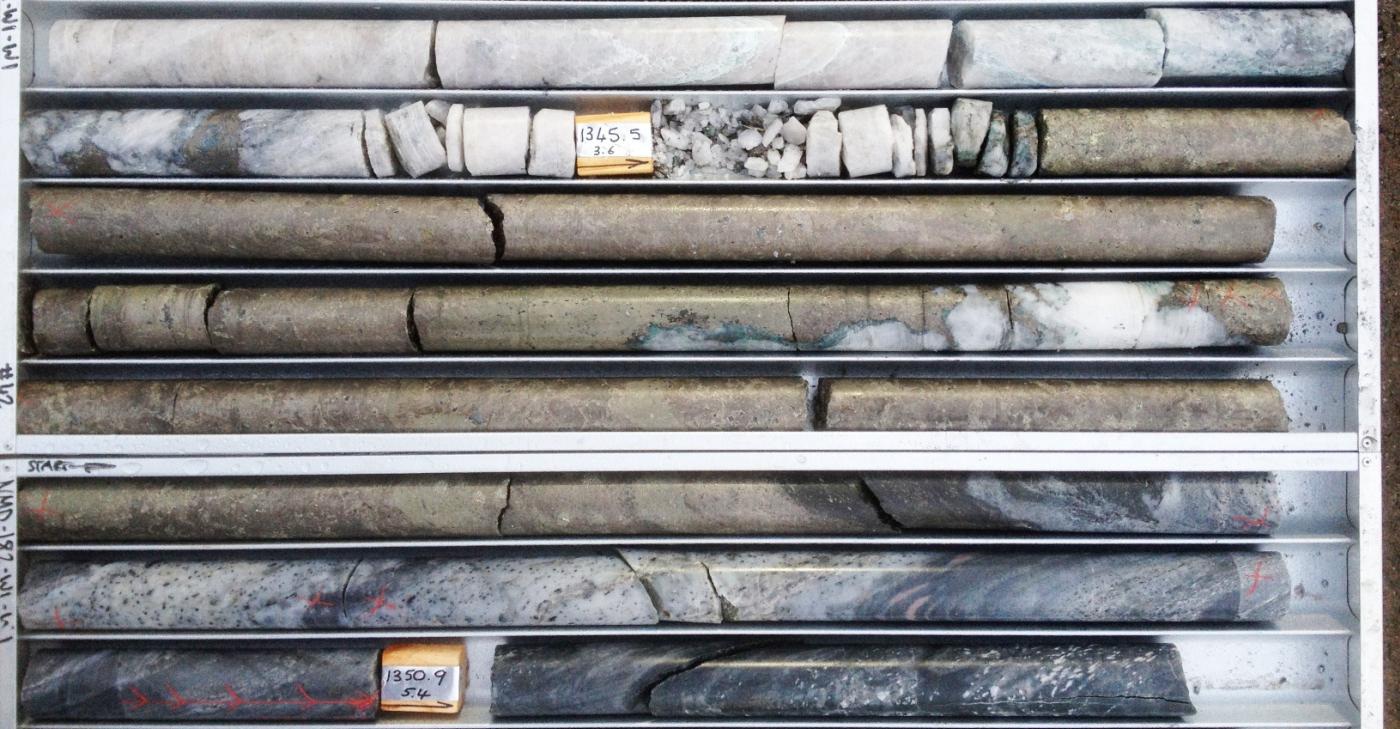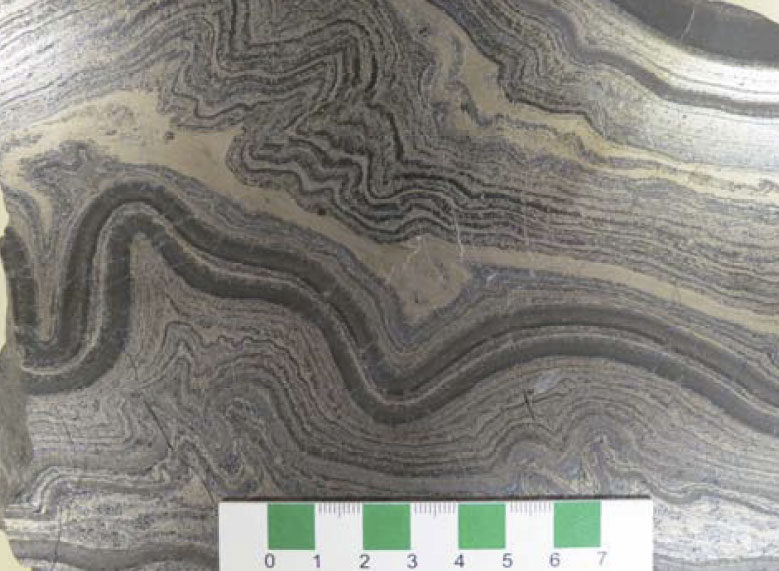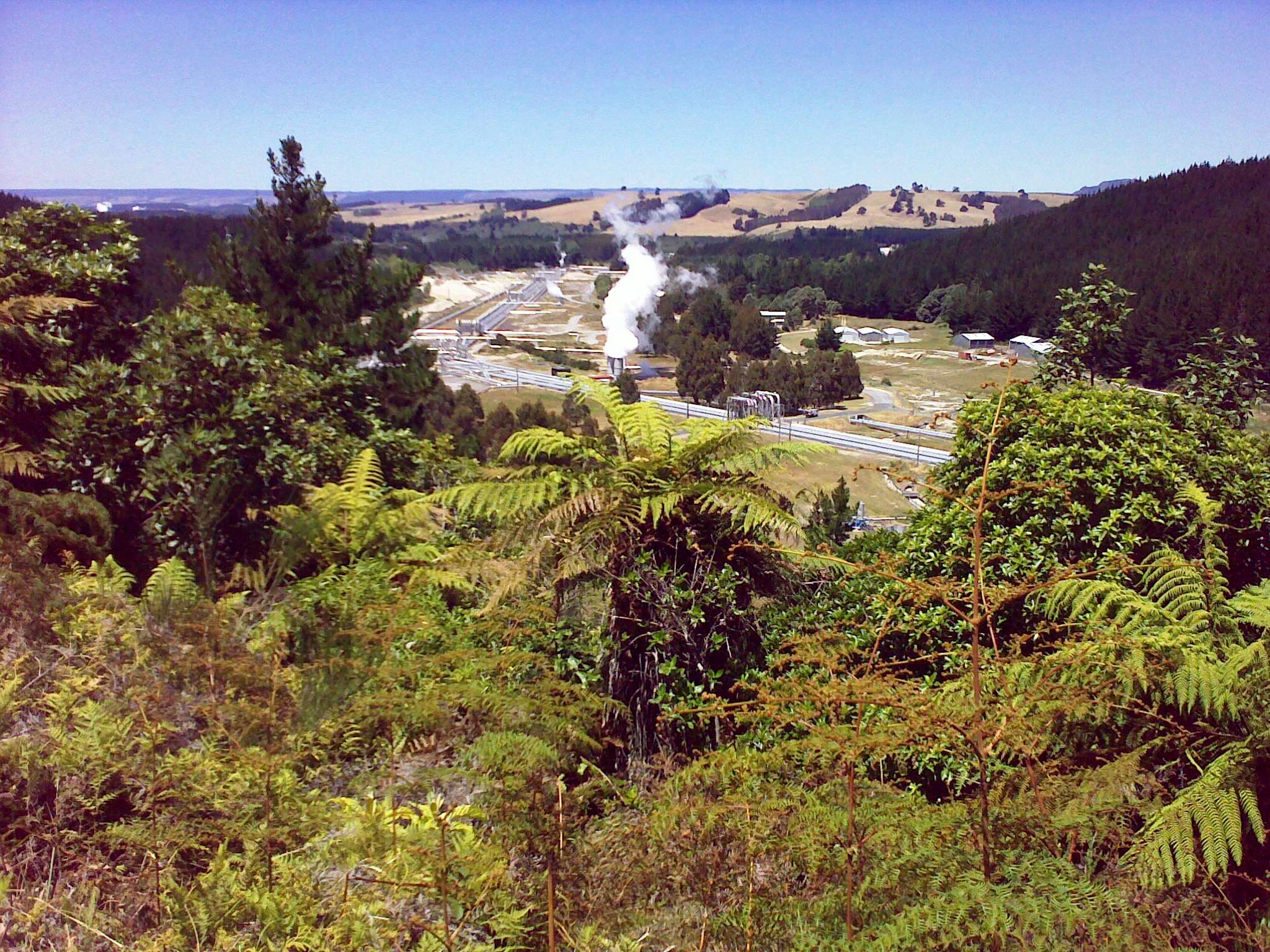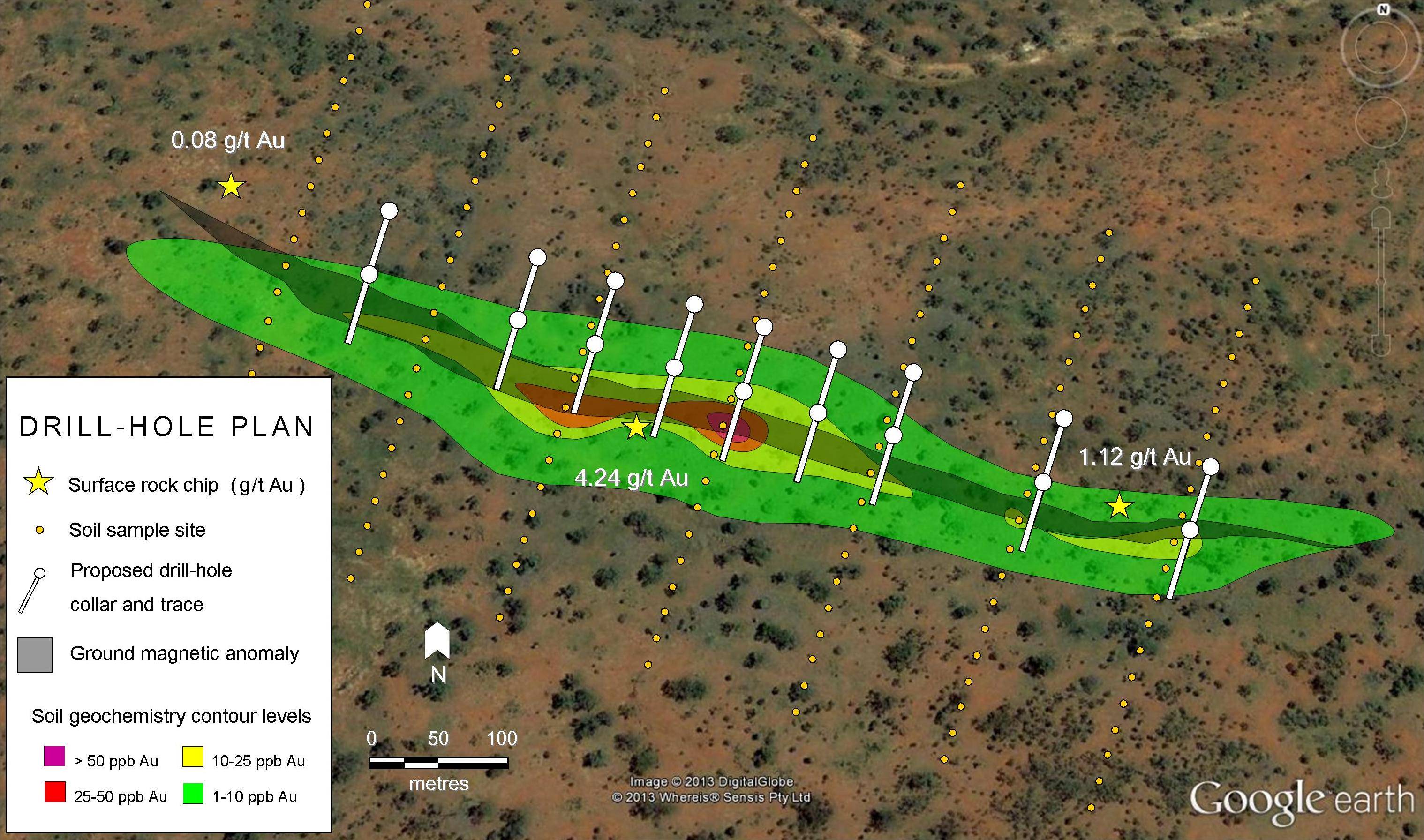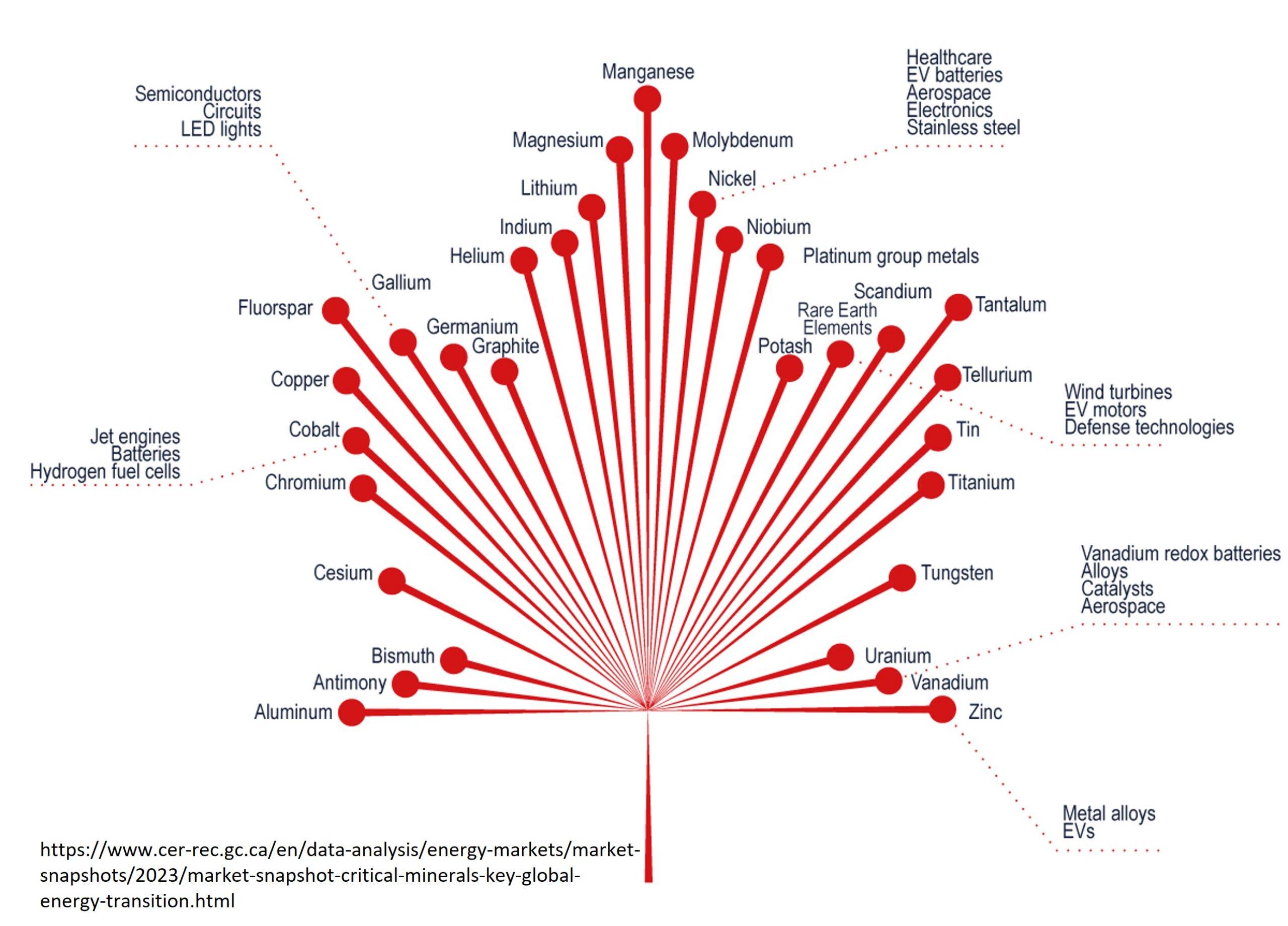In this column on great deposits, I have discussed those that were rich, big, changed destinies, broke governments and accumulated a wealth of stories. However, only one has definitively changed the world. Cerro Rico, or Potosi in Bolivia, is perhaps the greatest of the great deposits. It’s origins are shrouded in myth, the wealth proverbial, the toll horrific. The Cerro Rico was the keystone in the arch of colonial Latin American precious metal deposits whose combined wealth provided the single greatest metallic bonanza there was, and likely will be on earth. Eduardo Galeano has said ” You could build a bridge of pure silver from Potosi to Madrid with ore extracted. And you could build a bridge back with the bones of those who died mining it”
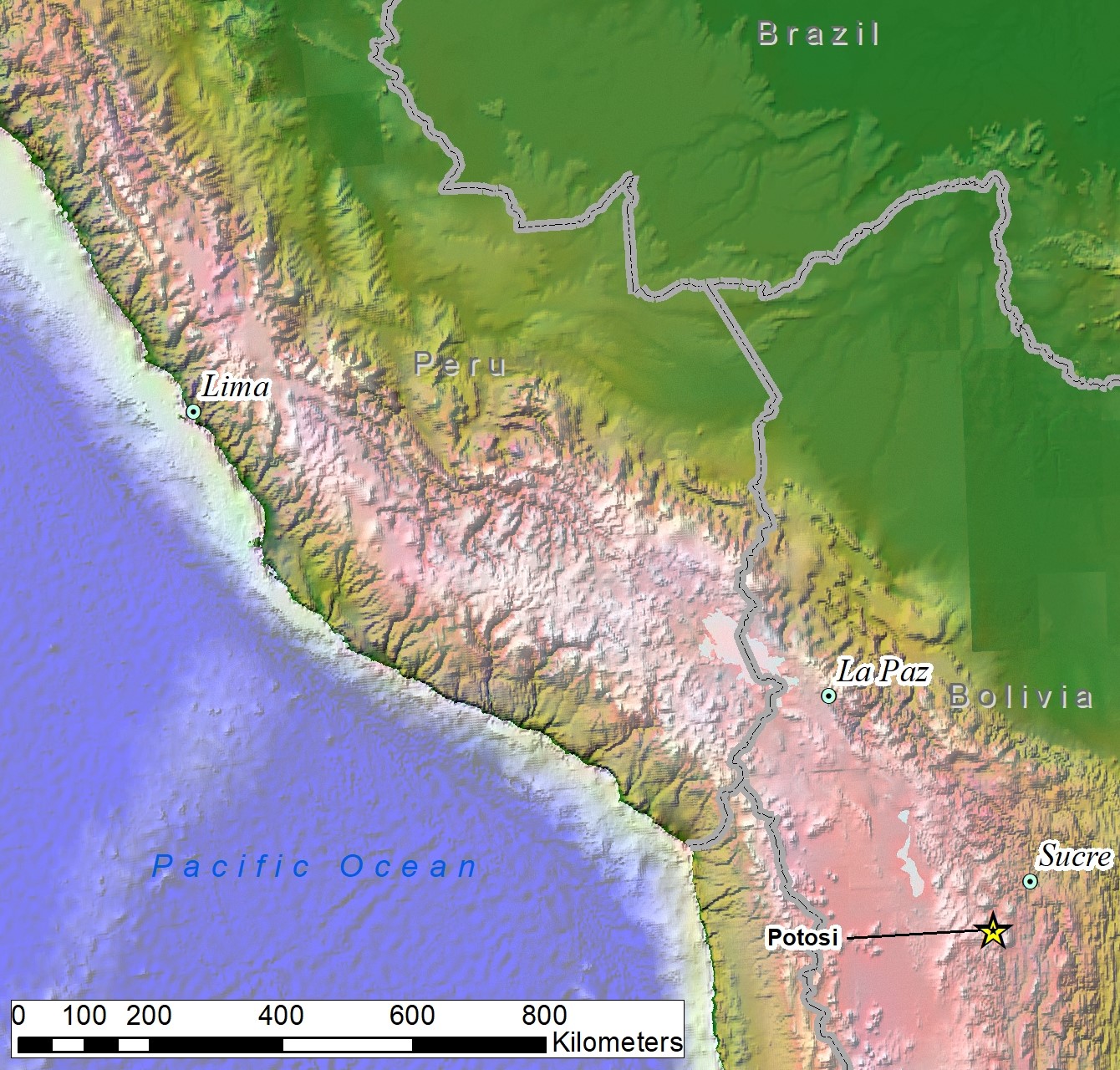
By 1545 Spain had consolidated it’s hold on the it’s new empire. The Aztecs had fallen a quarter century earlier, the Inca’s by 1533 and they were fanning out looking for more. Depending on the story either the Inca discovered the deposits, but were warned off by spiritual forces who terrified the would be miners (giving it the name Potoji ,”thunderous” in Quecha), or a shepherd looking for his lost sheep built a fire and noticed the trickle of molten silver, or as the archaeology of nearby lake sediments suggests the deposits were known and exploited for over 400 years before the Spanish showed up. However it started, word soon got out, and a city of 160,000 sprang up on the cold, windy barren plain, 4000 metres above sea level. This would be akin to a gold rush town of 2,000,000 springing up today. It had a magnetic attraction with thousands and thousands of people arriving every year. From friars to Medici’s to princes to prostitutes all rushed in. In Potosi, the horses were shod in silver(so it was said), and the riches of the world flooded in. Silks, from China, cotton from India, slaves from Africa, and more mundane goods such as iron, imported from the Basque region of Spain and mercury from Slovenia. A mint was established in 1575 and soon it was producing up to 5,000,000 silver coins a year. These coins were known as “pieces of eight” from their divisibility into quarters the eighths. They remained legal tender in many areas of the world well into the 19th century.
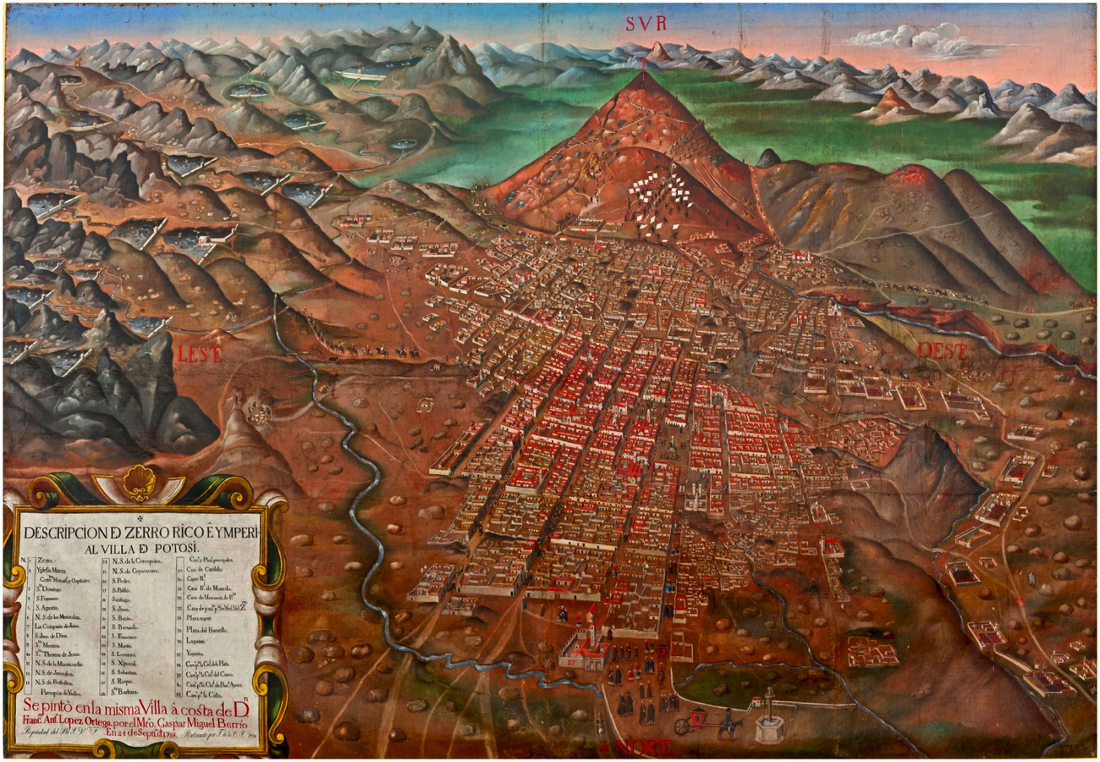
From 1545 to 1650 the silver from Cerro Rico alone out produced all the silver districts in Mexico. Grades of up to 40% silver (>12,000 ounces per tonne) are reported and 4% silver was the average. Early mining technology was basic with clay furnaces (huayras) powered by Llama dung and moss . These were highly efficient at smelting the high grade oxide ore. However, when that ran out the Vicery of Peru Francisco de Toledo introduced the patio process. Originally from Mexico, silver sulphide ore was crushed with mercury in arrastras, stirred and mixed with reagents in the open air on large “patios” to enhance the reaction over a few weeks. This formed an amalgam of native silver and mercury. Mercury was then burned off yielding pure silver. The small matter that the nearest mercury deposits were 1000 kilometres away, in what is now Peru, didn’t phase the Spanish, they simply imported African slaves and re-introduced the Inca labour tax, the mita. This was the system of mining and processing that earned Cerro Rico the title “The mountain that eats men” . The mercury was mined in horrendous conditions which practically guaranteed an early death (apparently when the bodies rotted, they left small pools of mercury). At the Cerro Rico, a Spanish crown deeply in debt and dependent on the stream of silver, introduced a daily quota of 25 sacks of 45 kilograms ore. By this time (1572) most of the easy to work veins had been mined out. So mining continued hundreds of metres below the surface, in humid damp unsanitary, conditions, subject to all the risks of 16th century mining. The upper estimate for the people killed mining in Potosi in the colonial period is 8,000,000. How much silver came out? Estimates range from the 1,000,000,000 ounces to 2,000,0000,000 ounces. All we know for sure is that 756,000,000 ounces were reported to the Spanish crown.
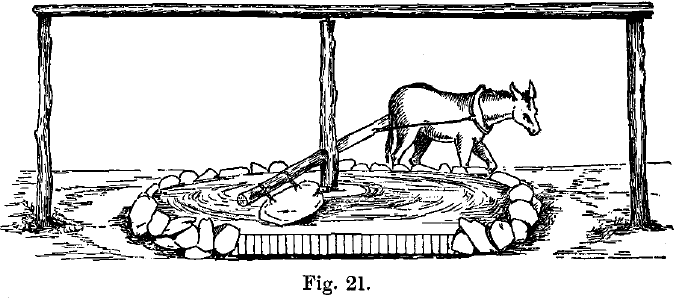
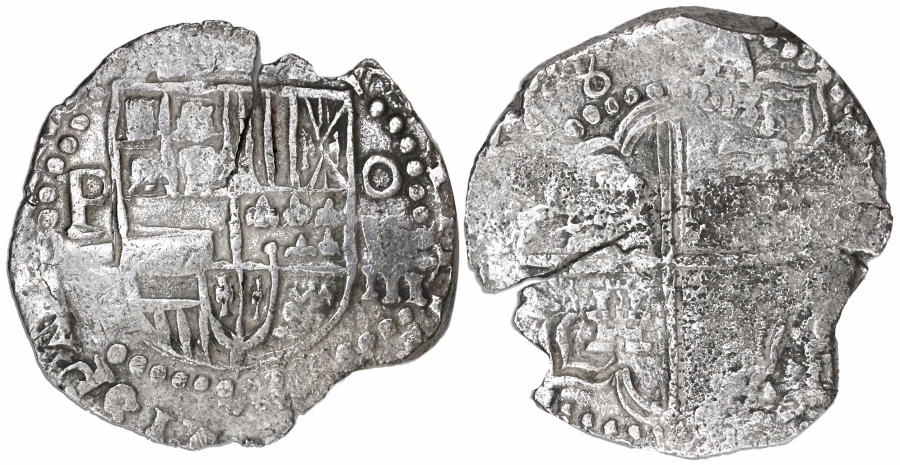
The silver flowed into Spain and from there the world, catapulting the continent of Europe from the rear to the pole position. The silver flowed to the east in the holds of the Manila galleons, it flowed into Western Europe via the Spanish army. It provided the initial economic foundation of what we term “the west”. Some 80,000,000 ducats had flowed into the Netherlands alone by 1600. It flowed further west into the Mediterranean following the silk road to India and central Asia. The one place it didn’t stay was Spain which was hollowed out as people flooded to the new world, joined the army, or stayed and unless they were part of a tiny elite, saw their living conditions steadily decline. “What makes Spain rich, makes her poor” or less flatteringly “Castile has made Spain, and has ruined her”. The Spanish crown, despite owning the richest precious metal deposits in history, went bankrupt repeatedly in 1557, 1560, 1576, 1596 and 1607 and then another 6 times in the next 60 years.
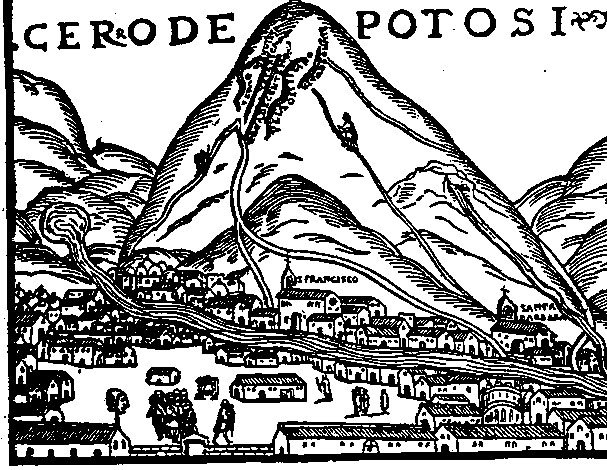
After 1795, the last peak of silver production, the mining gradually shifted to tin, lead, zinc and tungsten with tin being the primary commodity of interest. A profound conservatism settled over the mining with arrastras and the patio process being used well into the 19th century. As the silver dwindled so did the population which hit a low of 10,000 also in the 19th century. Base metal mining continues today with under mining co-operatives, removing the last pockets of mineralization from 60 miles of major tunnels and innumerable side tunnels. With few exceptions they currently mine as their ancestors did 200, 300 and 400 years ago. The tunnels are the domain of “El Tio” lord of the underworld. He is worshiped by the miners, and given cocoa, alcohol and cigarettes. However like the Spanish crown he takes his due and an early death via cave in, blasting accident or silicosis a regular occurrence.
In many ways the Cerro Rico, made the modern world. It created the greatest boomtown and provided the single biggest monetary stimulus to Europe at critical time when the economic pump was primed. The wealth underpinned the first great age of globalization, and has been described as “the mothers milk of early capitalism”. However, for those closest to it it came at a profound human cost leaving a legacy of discord that marks modern Bolivia today. Even for those that should have benefited the most such as Spain and the Spanish Crown, the wealth proved to be a curse rather than a blessing. All that silver rotted the Spanish Empire and especially Spain. When Cerro Rico essentially ran out of silver in the 1800’s the empire soon hit term. The next 100 years were anarchic for Spain and it’s former colonies culminating in the Spanish civil war. It’s a measure of just how influential “El Tio” is; he not only ate 8,000,000 men but decided to eat a country and empire as well.
Continue with Cerro Rico Part 2: Geology
Further Reading
- Open Veins of Latin America Eduardo Galeano (Book)
- The Mines of Potosi Kris Lane (Article)
Subscribe for Email Updates

